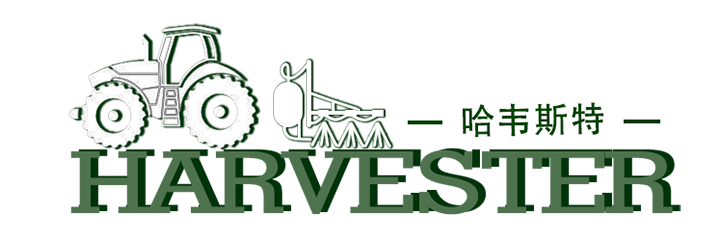What are the key differences between air blast sprayers and mist blowers?
2024-09-27

What are the advantages of using an Air Blast Sprayer?
One of the significant advantages of using an Air Blast Sprayer is that it provides a uniform distribution of the spray. The forced air helps the spray to reach all parts of the crop and ensures that the pests are eliminated effectively. Another advantage is that it is quick and easy to use, making it a popular choice for farmers. The sprayer can be attached to a tractor and can cover a large area in a relatively short amount of time. The Air Blast Sprayer is also less likely to damage the plants, making it an excellent choice for delicate crops.
What are the drawbacks of using an Air Blast Sprayer?
The main drawback of using an Air Blast Sprayer is that it can waste a lot of the spray solution. The forced air can cause the liquid to drift, leading to overspray and the wastage of the solution. Additionally, the air can also cause the crop to rub against each other, leading to damage and deformed fruits/vegetables. Lastly, the Air Blast Sprayer may not be effective in treating a large infestation of pests, making it unsuitable in some situations.
What are Mist Blowers?
Unlike Air Blast Sprayers, Mist Blowers are designed to create small droplets of liquid that are then dispersed over a large area. Mist blowers are used to apply pesticides, fungicides, and other chemicals to control pests, weed, and disease in crops. A mist blower typically uses a high-speed fan to create a fine mist, which is then pushed out of the nozzle to cover a large area of crops.
What are the advantages of using a Mist Blower?
One of the main advantages of using a Mist Blower is that it produces a fine mist that provides even coverage across the crop. The fine mist helps to ensure that the spray reaches all parts of the crop, including the undersides of leaves where pests may hide. Additionally, the Mist Blower is useful in treating large infestations of pests in crops. The device can cover a large area in a short amount of time.
What are the drawbacks of using a Mist Blower?
The main disadvantage of using a Mist Blower is that the fine mist may drift, leading to overspray and wastage of the solution. The drifting mist can also be harmful to people and other animals in the surrounding area. Additionally, the Mist Blower may cause some physical damage to the plants, such as stripping leaves or buds from trees if not used correctly.
In conclusion, Air Blast Sprayer and Mist Blowers are both effective ways to apply pesticides, fungicides, and other chemicals to control pests in crops. Using the right device depends on various factors such as the size of the area, the type of crop being treated, and the severity of the pest problem. Agriculturists can choose the most suitable device for their needs based on the benefits and drawbacks that each machine offers.
Baoding Harvester Import And Export Trading Co., Ltd is a reliable manufacturer of agricultural machines, including Air Blast Sprayers and Mist Blowers. We are dedicated to providing high-quality products to ensure maximum efficiency and productivity for all your agricultural needs. Visit our website https://www.harvestermachinery.com to explore our range of products, or contact us at Catherine@harvestermachinery.com for any inquiries or orders.
10 Scientific Papers related to Agricultural Pest Control
1. Mafra-Neto, A., Blassioli-Moraes, M. C., & Borges, M. (2015). Pheromone-based strategies for the management of key pests in agricultural and forestry crops in Brazil.
2. Jeger, M. J., & Viljanen-Rollinson, S. L. H. (2001). Integrated Pest Management in European Protected Crops.
3. Reitz, S. R., Gao, Y. L., Kirk, A. A., Hight, S. D., & Leblanc, L. (2003). Biological Control of Invasive Plants and Pests in Agricultural and Natural Ecosystems.
4. Isaacs, R., Mason, K. S., Hedt, C. A., & Landis, D. A. (2010). Pheromone-Mediated Communication in Host-Parasitoid Interactions.
5. Qiu, B. L., Xu, Z. F., & Zhang, J. M. (2016). Effects of biofertilizer application on soil microbial communities and crop yield in an organic vegetable system.
6. Pervez, M. A., & Omkar. (2014). Nanotechnology in Agriculture: Present Status and Future Prospects.
7. Vargas, R. I. (1989). The Hawaii Fruit Fly Areawide Pest Management Program.
8. Ekbom, B. (1989). Alternative Concepts on Sampling in Entomology in Relation to Integrated Pest Management Programs.
9. Li, J. Q., & Chen, J. (2018). The Effects of Plant Volatiles on Insect Behavior and Plant Defense.
10. Bentley, W. J. (2010). Chemical Ecology and Integrated Pest Management - Achievements and Challenges.




